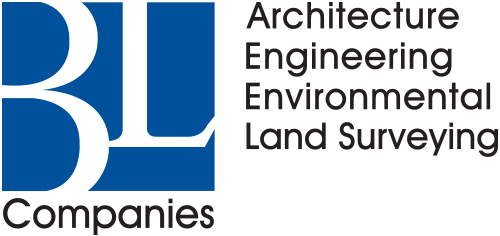Projects
Partnership has its rewards.
For decades, BL Companies has delivered integrated services related to architecture, engineering, environmental, and land surveying for public and private sector clients. Explore a collection of our projects, each one a culmination of our experience, talent, dedication and creativity.
